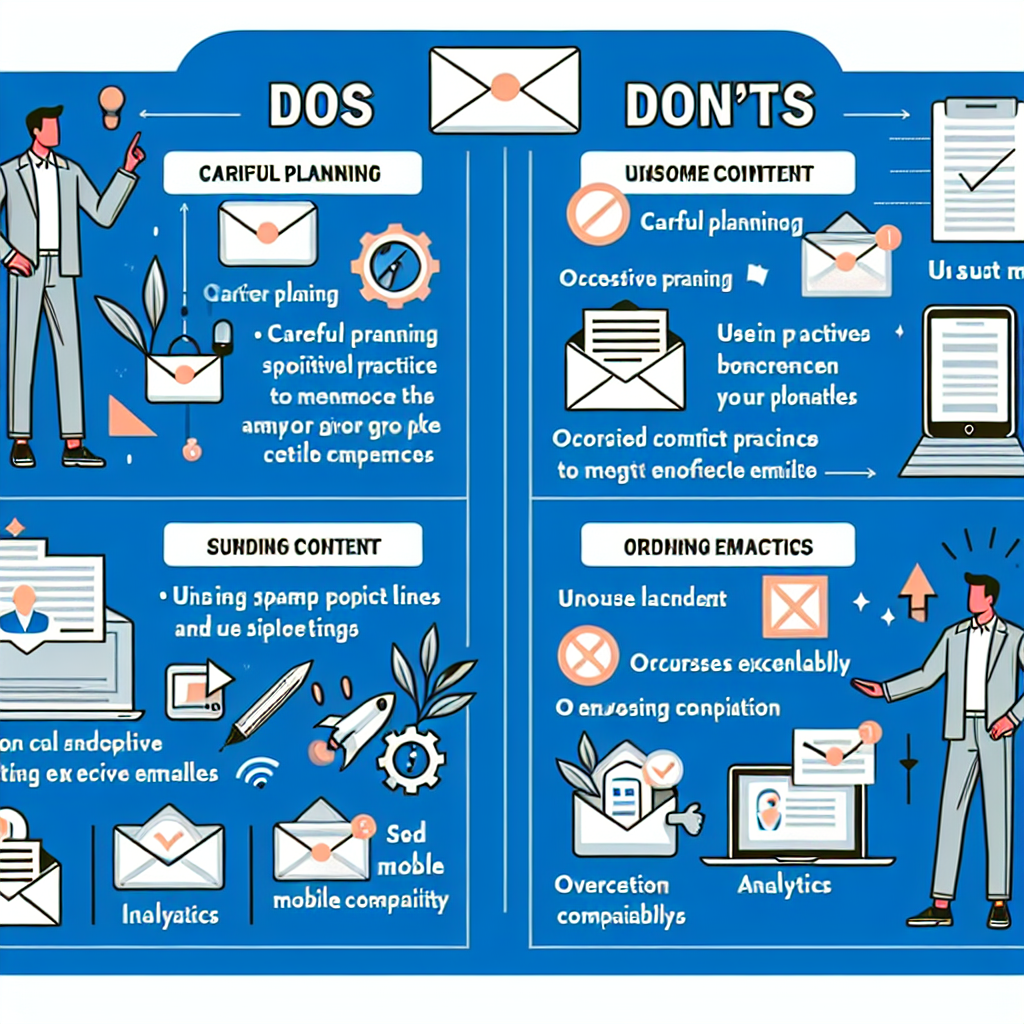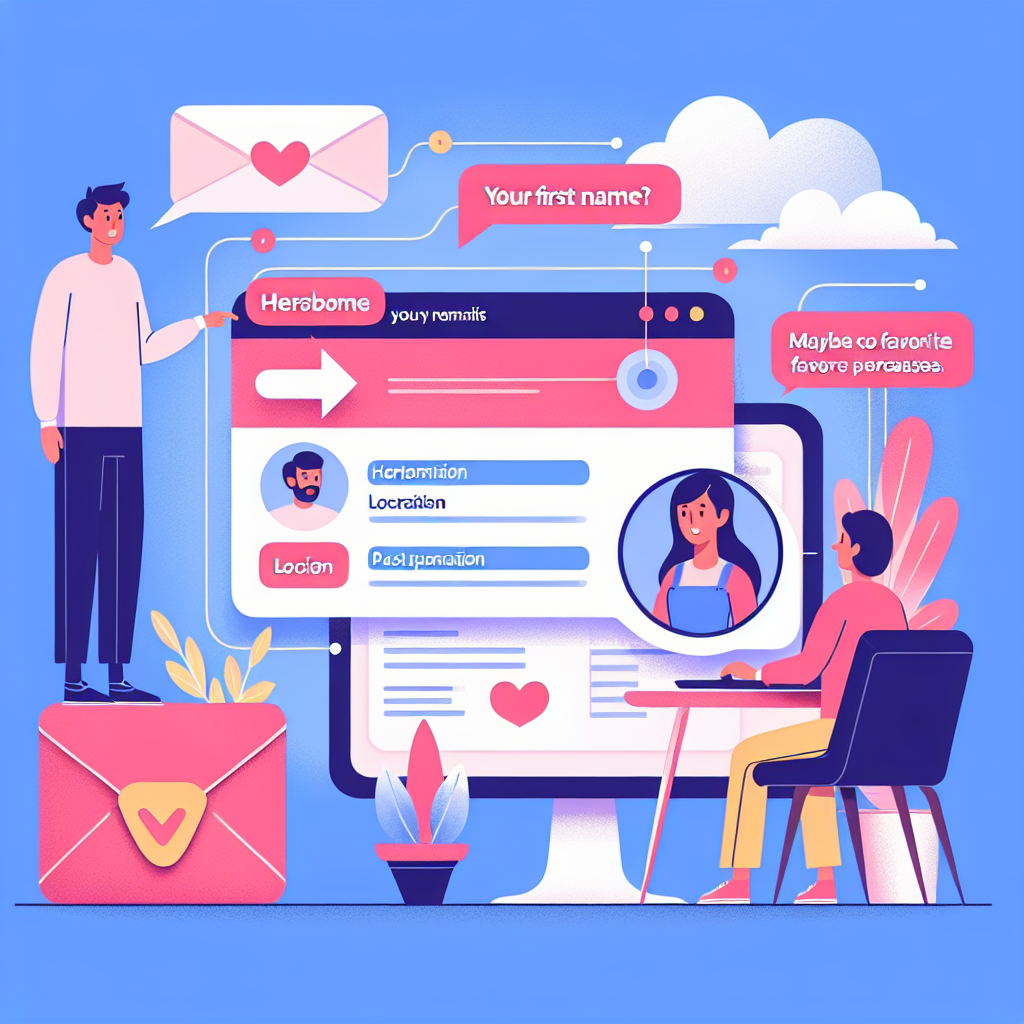Effective Sales Funnels: A Step-by-Step Guide
In today’s competitive market, having an effective sales funnel is crucial for converting potential customers into loyal clients. A well-structured sales funnel not only streamlines your marketing efforts but also enhances customer experience, leading to higher conversion rates and increased revenue. In this comprehensive guide, we’ll explore the steps to create an effective sales funnel, complete with actionable tips, relevant statistics, and real-world examples.
What is a Sales Funnel?
A sales funnel, also known as a purchase funnel, is a visual representation of the customer journey from the initial awareness stage to the final purchase decision. The funnel is divided into several stages, each representing a step in the buying process. These stages include:
- Awareness
- Interest
- Consideration
- Intent
- Purchase
- Loyalty
Understanding these stages helps businesses tailor their marketing strategies to effectively guide potential customers through the funnel.
Step 1: Attracting Potential Customers
The first step in creating an effective sales funnel is to attract potential customers. This is the awareness stage, where people become aware of your brand, product, or service. To capture their attention, utilize a mix of SEO, content marketing, social media, and paid advertising.
Utilize SEO
Search engine optimization (SEO) is essential for driving organic traffic to your website. By optimizing your content with relevant keywords, you can improve your search engine rankings and attract potential customers. For example, including keywords like “effective sales funnels” and “step-by-step guide” can help your blog post rank higher in search engine results.
Create Valuable Content
Content marketing is another powerful tool for attracting potential customers. By creating valuable and informative content, you can establish your brand as an authority in your industry. Blog posts, infographics, videos, and eBooks are great ways to provide value and attract an audience. According to HubSpot, companies that blog generate 55% more website visitors than those that don’t.
Leverage Social Media
Social media platforms are excellent channels for reaching a broader audience. Share your content on platforms like Facebook, Twitter, LinkedIn, and Instagram to increase visibility and drive traffic to your website. Engaging with your audience through comments, likes, and shares can also boost your brand’s credibility and attract more potential customers.
Invest in Paid Advertising
Paid advertising, such as Google Ads and social media ads, can help you reach a larger audience quickly. Targeted ads allow you to reach specific demographics, ensuring that your message reaches the right people. According to WordStream, businesses make an average of $2 in revenue for every $1 they spend on Google Ads.
Step 2: Engaging and Nurturing Leads
Once you’ve attracted potential customers, the next step is to engage and nurture them. This is the interest and consideration stage, where prospects are evaluating their options and deciding whether to learn more about your product or service.
Offer Lead Magnets
Lead magnets are valuable resources offered in exchange for a prospect’s contact information. Examples include eBooks, whitepapers, checklists, and webinars. By offering lead magnets, you can capture leads and build your email list. According to Marketing Sherpa, 79% of marketing leads never convert into sales without effective lead nurturing.
Implement Email Marketing
Email marketing is a powerful tool for nurturing leads and guiding them through the sales funnel. Use personalized email campaigns to provide valuable information, address pain points, and showcase the benefits of your product or service. According to the Direct Marketing Association, email marketing has an average ROI of 3800%, making it one of the most effective marketing strategies.
Utilize Marketing Automation
Marketing automation tools can help you streamline your lead nurturing efforts by automating repetitive tasks such as email campaigns, social media posts, and lead scoring. By automating these tasks, you can focus on creating more personalized and targeted content for your leads. According to Invesp, businesses that use marketing automation to nurture prospects experience a 451% increase in qualified leads.
Step 3: Converting Leads into Customers
The next step in the sales funnel is converting leads into customers. This is the intent and purchase stage, where prospects are ready to make a buying decision. To increase your conversion rates, focus on providing a seamless and persuasive experience.
Create Compelling Offers
Compelling offers can incentivize prospects to take action. Examples include discounts, limited-time offers, and free trials. By creating a sense of urgency, you can encourage prospects to make a purchase decision. According to a study by the Incentive Research Foundation, 81% of consumers agree that incentives make them more likely to purchase from a brand.
Optimize Your Landing Pages
Your landing pages play a crucial role in converting leads into customers. Ensure that your landing pages are visually appealing, easy to navigate, and optimized for conversions. Use clear and persuasive copy, strong calls-to-action, and social proof such as customer testimonials to build trust and encourage action. According to Unbounce, using video on landing pages can increase conversions by 80%.
Provide Exceptional Customer Support
Exceptional customer support can make a significant difference in converting leads into customers. Offer multiple channels for support, such as live chat, email, and phone, and ensure that your support team is responsive and knowledgeable. According to a study by American Express, 86% of customers are willing to pay more for a better customer experience.
Step 4: Building Customer Loyalty
The final step in the sales funnel is building customer loyalty. This is the loyalty stage, where you focus on retaining customers and encouraging repeat purchases. Building strong relationships with your customers can lead to increased customer lifetime value and positive word-of-mouth referrals.
Implement a Loyalty Program
Loyalty programs can incentivize repeat purchases and build long-term relationships with your customers. Offer rewards such as discounts, exclusive offers, and points for purchases. According to Bond Brand Loyalty, 77% of consumers say that loyalty programs make them more likely to stay with a brand.
Provide Ongoing Value
Continue to provide value to your customers even after the initial purchase. Share helpful content, offer personalized recommendations, and provide excellent customer support. By consistently delivering value, you can build trust and loyalty with your customers.
Encourage Customer Feedback
Encourage your customers to provide feedback on their experience with your brand. Use surveys, reviews, and social media to gather insights and address any issues. By actively listening to your customers and making improvements based on their feedback, you can enhance customer satisfaction and loyalty.
Conclusion
Creating an effective sales funnel is essential for guiding potential customers through the buying process and converting them into loyal clients. By attracting potential customers, engaging and nurturing leads, converting leads into customers, and building customer loyalty, you can increase your conversion rates and drive revenue growth. Implement the strategies outlined in this guide to create a successful sales funnel and achieve your business goals.


